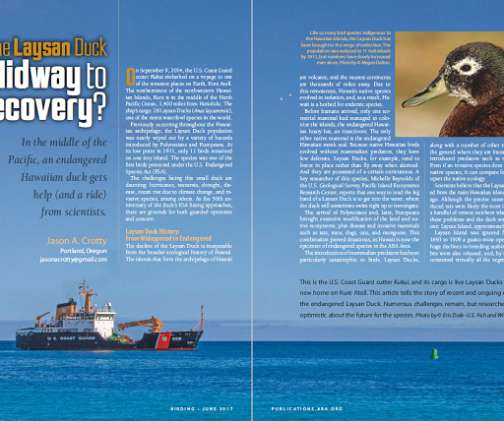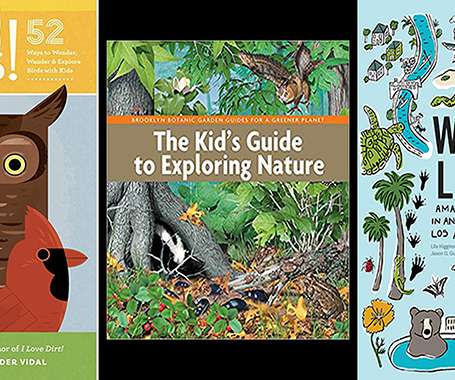Is Hiring an Art or Science?
Sales and Marketing Management
JUNE 11, 2014
It’s too much of both an art and a science, which means you can't template it. It’s too much of both an art and a science, which means you can't template it. It’s too much of both an art and a science, which means you can't template it. Nobody can. It is too complex.














Let's personalize your content